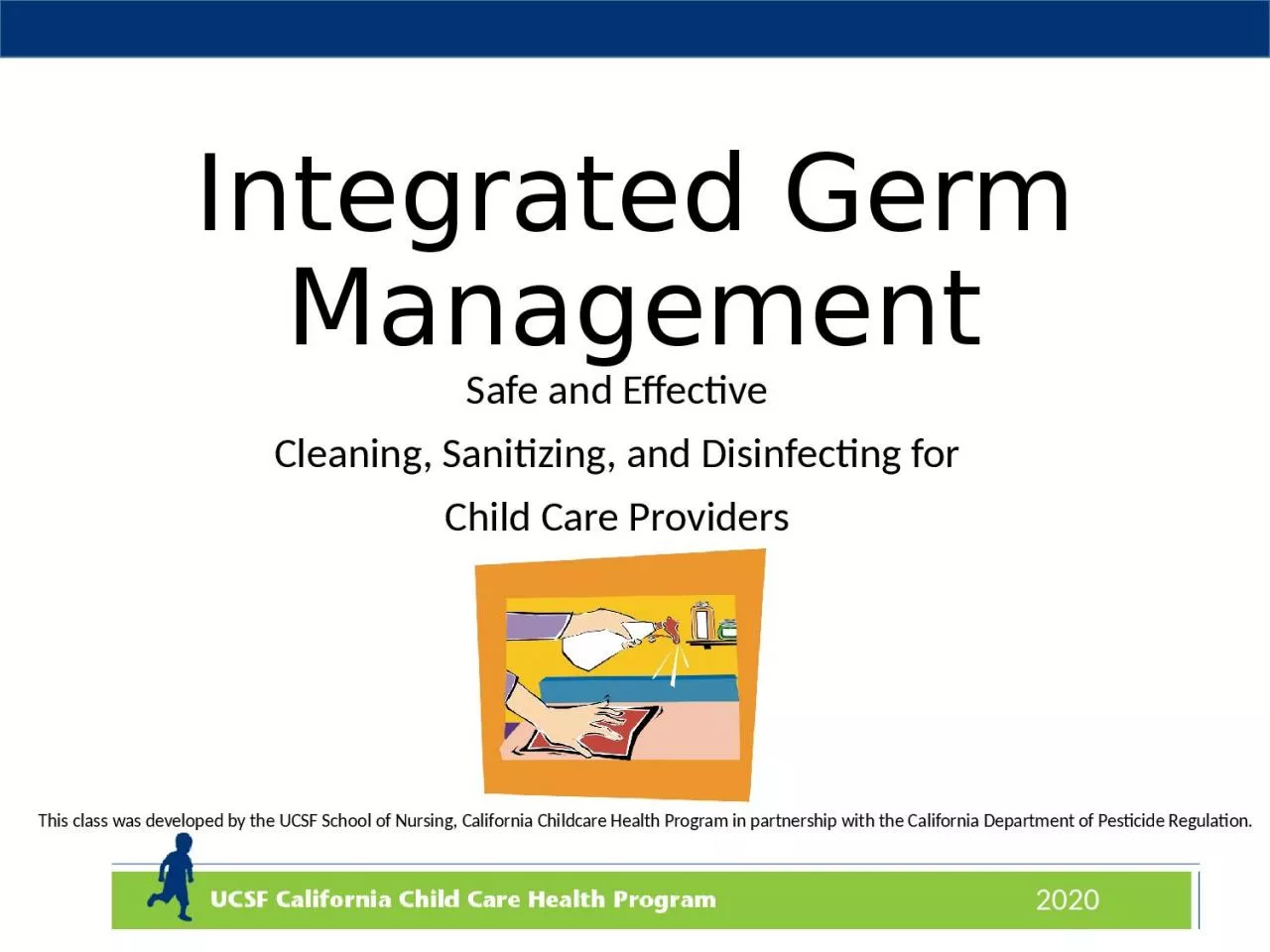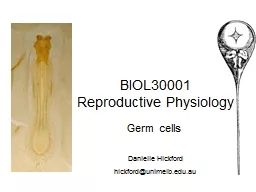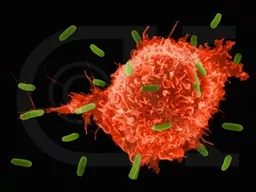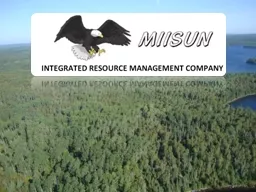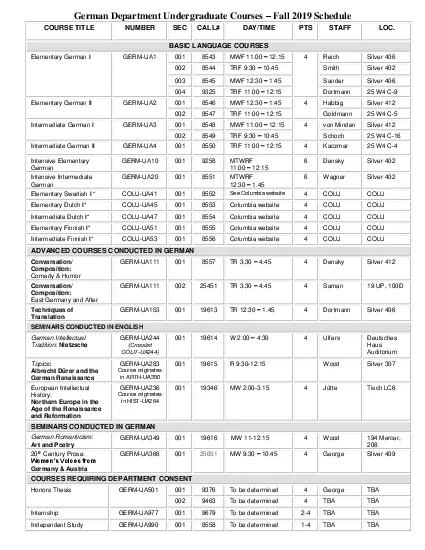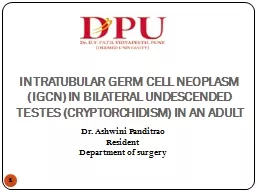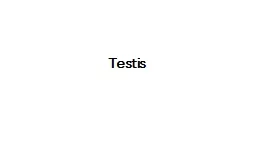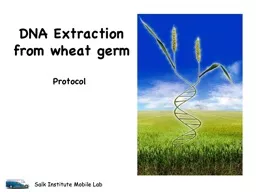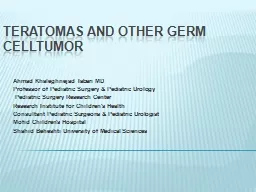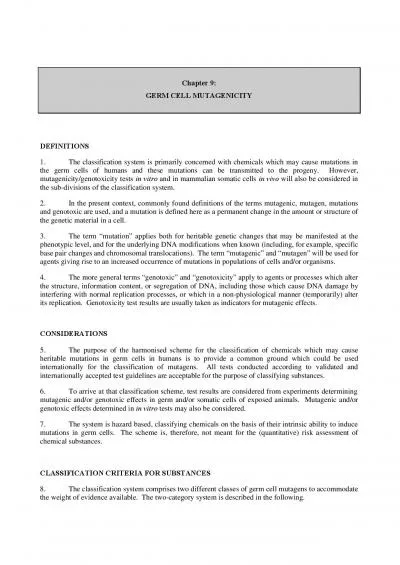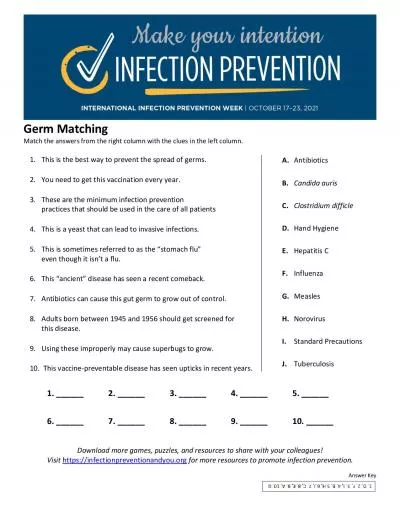PPT-Integrated Germ Management
Author : Heartbreaker | Published Date : 2022-08-03
Safe and Effective Cleaning Sanitizing and Disinfecting for Child Care Providers 2020 This class was developed by the UCSF School of Nursing California Childcare
Presentation Embed Code
Download Presentation
Download Presentation The PPT/PDF document "Integrated Germ Management" is the property of its rightful owner. Permission is granted to download and print the materials on this website for personal, non-commercial use only, and to display it on your personal computer provided you do not modify the materials and that you retain all copyright notices contained in the materials. By downloading content from our website, you accept the terms of this agreement.
Integrated Germ Management: Transcript
Download Rules Of Document
"Integrated Germ Management"The content belongs to its owner. You may download and print it for personal use, without modification, and keep all copyright notices. By downloading, you agree to these terms.
Related Documents

